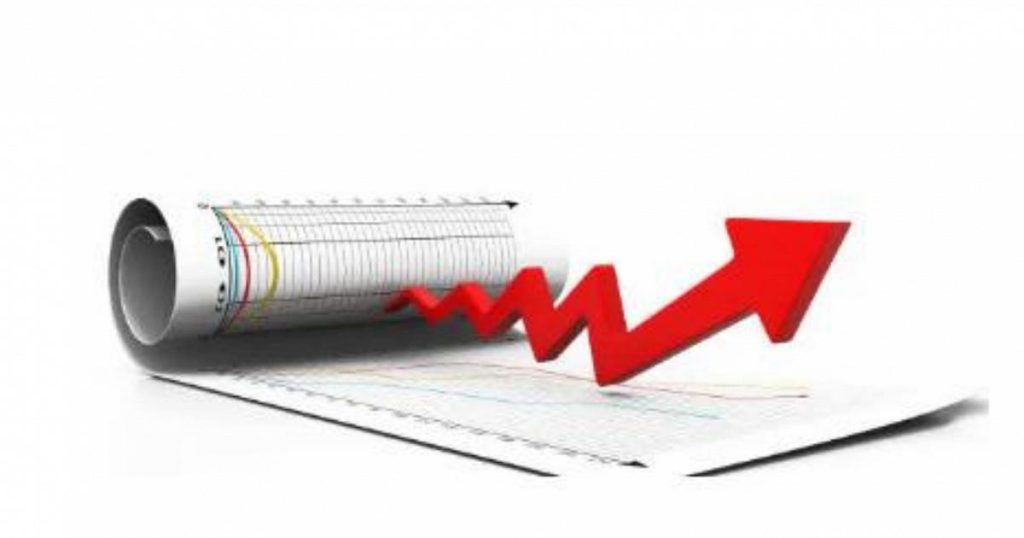The Italian economy is showing positive signs of growth, as reported by the Confindustria Research Center. The GDP estimate for 2024 has been revised upwards by 0.4 percentage points to +0.9%, in line with the observed trend in 2023. Economists at Confindustria also predict a 1.1% GDP growth for 2025, surpassing the previous estimate of +0.5% for this year. This outlook was presented at the spring economic forecast meeting, where it was noted that global demand improvement will boost exports, along with two major growth stimuli: falling interest rates and the National Recovery and Resilience Plan (Pnrr). However, there are factors hindering growth, such as rising electricity costs, the gradual phase-out of tax incentives, and global transportation bottlenecks.
On the fiscal front, the Confindustria Research Center forecasts a rising public debt trajectory. Public debt is projected to reach 139.1% of GDP in 2024, up by 1.8 points from 2023, and is expected to continue increasing to 141.1% of GDP in 2025. The government, on the other hand, estimates a lower debt level of 137.8% of GDP for this year and 138.9% for the next. There is anticipation for a reduction in the deficit, with a net borrowing by the public administration forecasted at 4.4% of GDP in 2024 and 3.9% in 2025, aligning closely with the government’s projections in the Economic and Financial Document (4.3% in 2024 and 3.7% in 2025). The revenue outlook is positive, with total revenues expected to reach 46.8% of GDP in 2024 and increasing to 47.3% in 2025, showing slower nominal growth this year (+0.7%) and more significant growth next year (+4.0%).
In addition to the economic forecasts, the Confindustria Research Center highlighted the challenges that may impede growth, including the looming impact of rising electricity costs, the gradual phase-out of tax benefits, and global transportation bottlenecks, particularly in the Maritime Silk Road region. These impediments could dampen the positive effects of increased global demand and the two main growth drivers, namely falling interest rates and the National Recovery and Resilience Plan (Pnrr). Despite the obstacles, the Italian economy is expected to continue growing steadily, with GDP estimates consistently being revised upwards for the upcoming years, reflecting a positive economic outlook for Italy.
The projection of a rising public debt trajectory raises concerns about the sustainability of Italy’s fiscal position. The increase in public debt to GDP ratio, reaching 139.1% in 2024 and 141.1% in 2025, underscores the challenges in managing the country’s finances. However, the government’s slightly more optimistic debt estimates provide some reassurance, although efforts to reduce deficits and borrowing levels will be crucial in containing the fiscal risks. The positive trend in revenue growth is seen as a key factor in mitigating the rising debt burden, with revenue as a percentage of GDP expected to increase over the forecast period, offering a potential source of stability for Italy’s fiscal outlook.
Overall, the economic outlook for Italy is characterized by a mix of positive growth prospects and challenges, with the Confindustria Research Center revising GDP estimates upwards for 2024 and 2025. The steady growth in global demand, coupled with the expected benefits from falling interest rates and the National Recovery and Resilience Plan, bode well for Italy’s economic performance in the coming years. However, concerns about rising public debt and the impact of various hindrances to growth highlight the need for prudent fiscal management and policy interventions to sustain the positive momentum and address the structural issues affecting the Italian economy. Despite the uncertainties and risks, the Italian economy is poised for growth, with opportunities for innovation and resilience amidst the evolving economic landscape.


